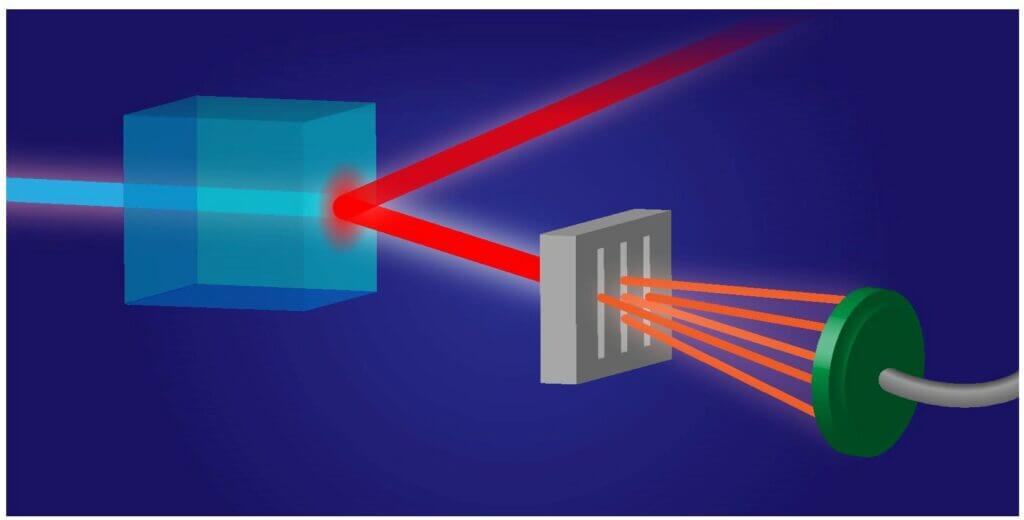Quantum effects in X-rays make it possible to improve the resolution of the scan and protect the health of subjects and doctors

Quantum and non-linear optics is an established field of research, which has already produced a large number of inventions and technologies - such as green laser markers. But until now, the field was reserved for a very specific area on the electromagnetic spectrum. Now, Prof. Sharon Schwartz from the physics department at Bar Ilan University is trying to use quantum effects - also for X-ray radiation.
"X-ray radiation is ionizing radiation, which means that it is harmful to the human body, for example in medical imaging devices", Prof. Schwartz explains the motivation for the research. "But even in basic science, the X-ray creates a series of problems. For example, today we want to see viruses, understand their internal structure using X-rays - but the radiation kills them. The same thing happens in materials engineering. Scientists seek to measure and characterize the properties of a new material using X-ray radiation, but the radiation destroys the material or changes its properties. Quantum theory allows us to work with very low levels of radiation - and achieve much better results."
Prof. Schwartz says that the main difficulty in using quantum effects in X-ray type electromagnetic radiation has so far been mainly technological: the devices simply were not powerful enough to generate and absorb individual X-ray photons.
"First of all, it is difficult to work with X-rays, and a situation is created where scientists and engineers who work with X-rays are not so aware of the advantages of quantum mechanics in measurements," says Prof. Schwartz. "In addition, there was also no reason to deal with X-rays in a quantum aspect, because there were no applications. Today our sources are more powerful and the detectors are more sensitive. This is a technology that was not available to us until 10 or 20 years ago - and we need to understand what to do with it. My research group was among the first in the world to recognize the potential, but even today there are not many research groups in the field that use this technology in a quantum direction. And I can say that the possible developments are also very interesting to commercial companies. We are in continuous contact with large companies that build medical imaging devices, and seek to develop devices that are safer to use. It is important to remember that the medical teams are also in danger. Not infrequently, complex and lengthy surgeries are conducted under a working X-ray, and not infrequently the surgeons 'abduct' radiation that causes them to get cancer. There were already doctors who told me: 'Listen, if you invent such a device - we will do everything to bring it to the operating room.'"
Prof. Schwartz and his colleagues believe that the key to safer X-ray measurement lies in the special quantum property of entanglement - a situation in which two particles affect each other even from a very large distance. "If we use two entangled photons, they maintain a high correlation even after they are separated. Thus, for example, in a new study we recently published, we showed that the interlacing makes it possible to know what happens to the single photon that hit the bone, and the bone for that matter could also be the human body - whether this photon was absorbed, scattered or passed through the object. How do we know that? By looking at his 'brother', the entangled photon, which was measured without actually meeting him. This way we can know exactly the number of photons that hit the object we want to hit, so we need much less photons. This allows us to lower the 'noise' level in the measurement - thus making it both safer and more accurate, for example finding individual cancer cells. After all, what is the difference between a body and a cancerous body? that the cancerous area absorbs a little more X-ray. Therefore we want to maximize the contrast using a minimum of photons. In this study - which won a research grant from the National Science Foundation - we have already managed to improve the contrast fivefold."
Life itself:
"I jog to think," says Prof. Schwartz. "Physical activity is quality time I spend with myself. There are marathon runners and there are those who like to run with their headphones on. I enjoy running 5, 10 km and just letting my thoughts flow."
More of the topic in Hayadan:
